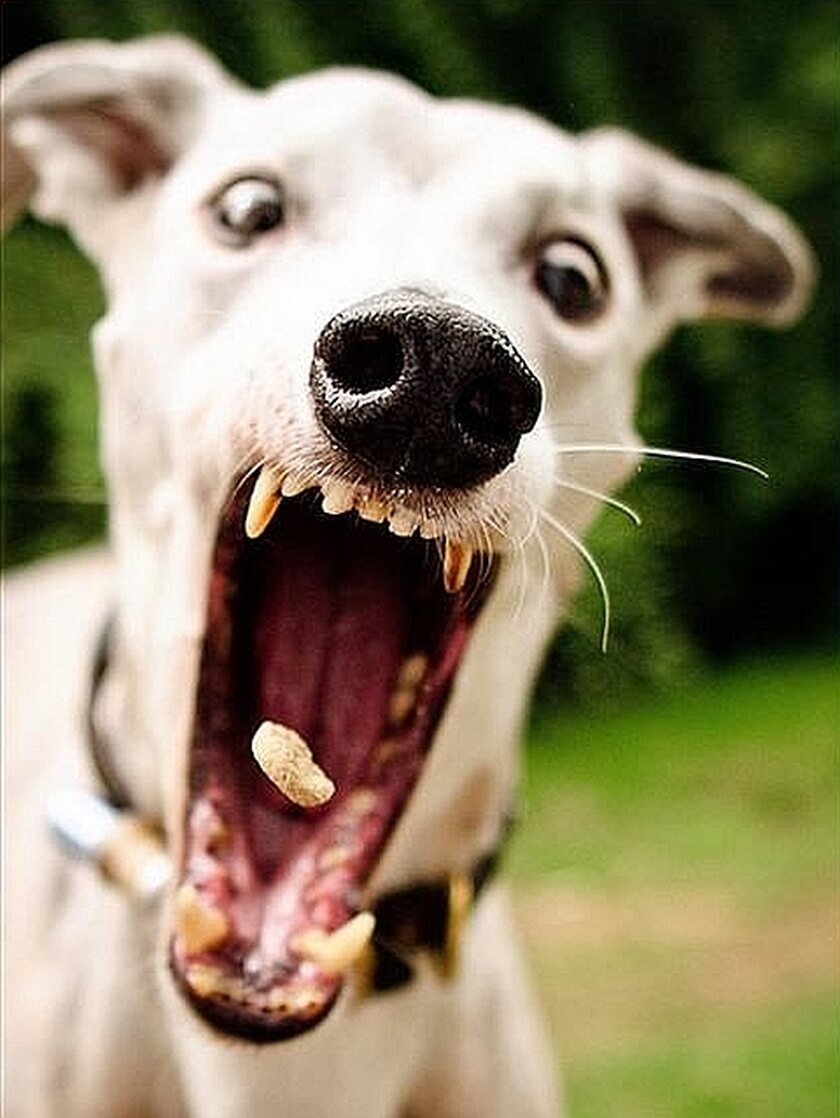According to a report in Consumer Reports, a non-profit consumer organization, in the article You Are What They Eat:
Robert Lawrence, M.D., chairman of a National Academy of Sciences committee that recently examined dioxin exposure, says that dioxins and PCBs, which accumulate in animal fat, are being recycled into the food supply. “I was shocked to learn that every year in the U.S., 11 billion pounds of animal fat is recycled into animal feed (pet food),” he says. Even if rendered material starts out clean, it can become contaminated with bacteria.
Animal fat or grease is from the process of rendering various parts of animals and “cooking” them until the fat or grease rises to the top of the tank and it is siphoned off.
According to the United States Department of Agriculture (USDA) Animal and Plant Health Inspection Service (APHIS) document allowable ingredients to be rendered (cooked) together are as follows:
Rendering is a process by which animal tissue is treated by heat or chemical processes to separate fat from protein and mineral components. Usually the products are finely ground before rendering. Rendered products may be imported for animal feed or as fertilizer. Animal by-products that could be rendered are listed below:
Blood meal
Bone meal (ground bones, de-gelatinized bone meal)
Fish emulsion
Fish hydrolysate
Feather meal
Fish meal
Greaves cakes
Hoof and horn meal
Meat meal
Poultry meal
Shellfish meal
Tankage (Animal residue left after rendering fat from animal carcasses or parts of the carcass. Tankage is used as animal feed or fertilizer)USDA/APHIS Animal Product Manual
The Pet Food, and Livestock, Poultry, and Aquaculture Feed section covers pet food (generally for cats and dogs), feed (food for livestock or poultry), and pet chews and toys.
Feed Ingredients
Feed may contain a diverse cross-section of animal products in their ingredients, as follows:
Animal product ingredients
Animal fat
Blood meal
Bone meal
Feather meal
Meat meal
Poultry meal
Tankage (Animal residue left after rendering fat from animal carcasses or parts of the carcass. Tankage is used as animal feed or fertilizer)Animal waste ingredients
Hydrolyzed hair
Poultry feathers
Poultry waste and litter
UreaMilk product ingredients
Buttermilk (dried, feed grade)
Casein
Caseinate
Whey and its by-productsLikewise, pet chews and toys may be made from a diverse variety of animal products and by-products:
Bones
Ears
Horns
Hooves
Ligaments
Pizzles
Snouts
RawhidePet food may contain the same ingredients as feed. Pet food may be dry, semi-moist, or moist. Pet food can be made from meat, organs, or other by-products from cattle, chicken, pork, or lamb.
Pet food and feed usually contain rendered products. Most of the ingredients previously listed are rendered products.
That’s nice. It’s so reassuring knowing that you’ve been shelling out good money for garbage in pretty packages all dolled up to look like something that might be yummy, healthy and delicious for your pets.
What a crock.
Or rather, what a ripoff.
To avoid rendered goop don’t buy any pet food with any one of these five ingredients listed:
- Animal by products
- Animal digest
- Animal fat
- Meat and bone meal
- Meat meal
Why?
Two reasons:
- These ingredients have probably been rendered.
- You don’t know the species of the animal in the food – therefore, it could be any species (including pets and/or roadkill).


Comment (1) Write a comment